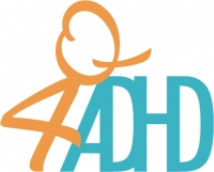Q4ADHD
WHAT WE DO -> PROJECTS -> Q4ADHD
WHAT WE DO -> PROJECTS -> Q4ADHD

We gave tools, methods, and guidance to Vocational Education institutions to ensure the quality of education of students with Attention Deficit Hyperactivity Disorder (ADHD).
Follow this link and utilize all the tools.

To support the provision of quality Vocational Education to people with ADHD.
In Europe, according to recent estimations, the number of children with Special Educational Needs (SEN) is 15 million (EC2012), and about 5% of the population of people ≤18 suffer from Attention Deficit Hyperactivity Disorder – ADHD (DSM-5®,2015). According to an international study, 50-60% of children and adolescents with ADHD will continue to have ADHD as adults (Childhood predictors of adult ADHD, Lara Carmen, 2009).
The “Vocational Education Quality Assurance for students with Attention Deficit Hyperactivity Disorder” project has identified the following problems:
The main consequence of these problems is that students with ADHD often leave school with little qualifications and tend to be unemployed or financially inactive.

Dozens of Vocational Education providers were informed and trained on the utilization of the tools in various European countries.
The project is funded by the ERASMUS+ PROGRAMME – KA2 – Cooperation for Innovation and the Exchange of Good Practices – Strategic Partnerships for vocational education and training, AGREEMENT NUMBER – 2016-1-BG01-KA202-023714